
Forex, short for foreign exchange, is the global marketplace for trading currencies. It’s one of the largest and most liquid financial markets in the world, with a daily trading volume exceeding $6 trillion. While forex trading has gained popularity among investors and traders, many are still unaware of its potential as a smart financial move. In this comprehensive guide, we will explore the key benefits of forex investment, shedding light on why it can be a wise choice for those looking to grow their wealth and diversify their investment portfolio.
I. Liquidity and Accessibility
The liquidity and accessibility of the forex market are two fundamental attributes that make it an attractive choice for many investors. Let’s break down each of these aspects:
1. 24/5 Market Operation:
Continuous Operation: The forex market operates 24 hours a day, five days a week, excluding weekends. This means that it never sleeps, and trading can occur at any time of day or night. This round-the-clock operation is a significant advantage because it provides flexibility to traders in different time zones. Unlike stock markets, which have specific trading hours, forex allows you to engage in trading whenever it’s convenient for you.
Global Time Zones: The forex market is divided into major trading sessions, each centered around a major financial hub. These sessions include the Asian session (Tokyo), the European session (London), and the North American session (New York). As one session closes, another one opens, ensuring continuous trading. Traders can choose to participate in the session that aligns with their availability.
Real-Time Responsiveness: The 24/5 operation ensures that forex traders can react to global events and news as they happen. For instance, economic data releases, central bank announcements, and geopolitical developments can have an immediate impact on currency prices. The ability to trade in real-time helps traders respond to such events swiftly, potentially capitalizing on market movements.
2. High Trading Volume:
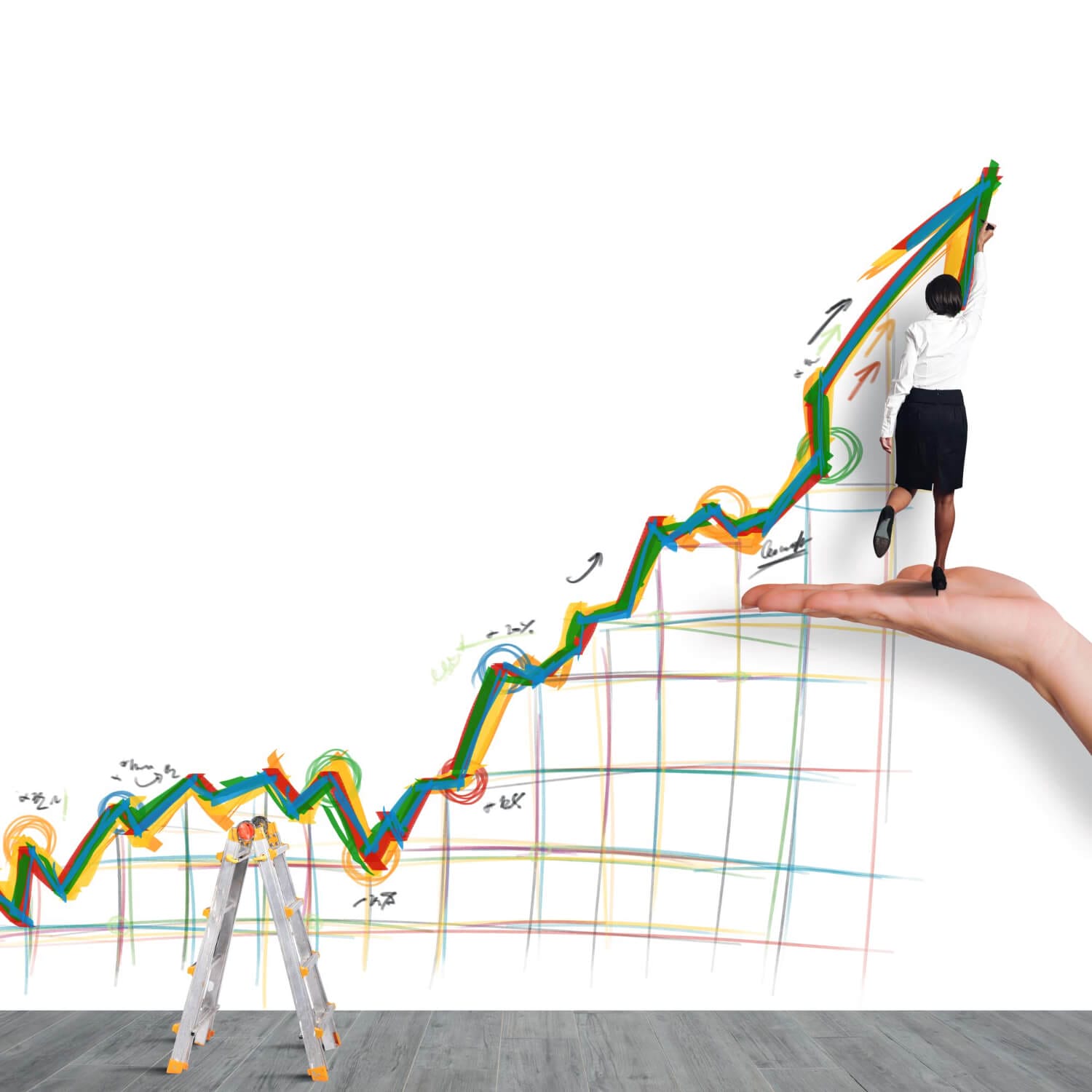
Market Liquidity: Liquidity in the forex market refers to the ease with which assets can be bought or sold without significantly affecting their prices. Forex is one of the most liquid markets globally, with a daily trading volume exceeding $6 trillion. This high liquidity ensures that there is always a buyer for every seller and vice versa, reducing the risk of illiquidity, where you might be unable to execute a trade at your desired price.
Minimized Slippage: Slippage occurs when the execution price of a trade differs from the expected price due to market volatility or low liquidity. In the forex market, slippage is typically minimal because of the vast number of participants and high trading volumes. Traders can enter and exit positions with minimal price discrepancies.
3. Tight Spreads:
Understanding Spreads: In forex trading, the spread represents the difference between the bid price (the price at which you can sell a currency pair) and the ask price (the price at which you can buy it). Tight spreads mean that the bid-ask price difference is narrow, while wider spreads indicate a larger price difference.
Cost-Efficient Trading: Forex markets tend to have tight spreads due to their high liquidity. This is advantageous for traders because it means that the cost of executing a trade is relatively low. Lower trading costs can contribute to higher potential returns, as less of your profit is consumed by transaction fees or spreads.
In summary, the liquidity and accessibility of the forex market make it a highly attractive option for traders and investors. Its 24/5 operation ensures that you can trade at your convenience, while high liquidity minimizes the risk of illiquidity and slippage. Additionally, tight spreads reduce trading costs, making forex trading cost-effective. These factors collectively contribute to the appeal of forex as a financial market for those looking to engage in global currency trading.
II. Diversification Opportunities

Diversification is a fundamental principle of investment strategy that involves spreading your investments across different asset classes or markets to reduce risk. Diversifying your investment portfolio can help mitigate the impact of poor performance in one area by potentially benefiting from positive performance in others. In the context of the forex market, diversification opportunities are as follows:
1. Uncoupled from Traditional Markets:
Low Correlation: One of the key benefits of including forex in your investment portfolio is its often low correlation with traditional asset classes such as stocks and bonds. Correlation measures the degree to which two assets move in relation to each other. Forex markets often move independently from stock markets, which means that when stock markets are experiencing volatility or downturns, forex markets may remain stable or provide opportunities for gains.
Hedging: The low correlation between forex and other asset classes can be used strategically for hedging purposes. Investors can use forex positions to offset potential losses in other parts of their portfolio during times of market stress. For example, if an investor expects a decline in their stock holdings, they can open forex positions that benefit from currency appreciation, potentially offsetting some of the stock market losses.
2. Currency Pairs Diversity:

Major, Minor, and Exotic Pairs: Forex offers a wide range of currency pairs, categorized into major, minor, and exotic pairs. Major pairs involve currencies from major economies and include pairs like EUR/USD (Euro/US Dollar) and USD/JPY (US Dollar/Japanese Yen). Minor pairs combine currencies from smaller economies, such as GBP/AUD (British Pound/Australian Dollar). Exotic pairs include at least one currency from a developing or emerging-market economy, like USD/TRY (US Dollar/Turkish Lira).
Global Exposure: Trading various currency pairs allows investors to gain exposure to different economies and geopolitical situations. For example, trading the EUR/USD pair allows you to speculate on the economic conditions and policies of both the Eurozone and the United States. The diversity of currency pairs enables investors to tap into opportunities across the globe.
3. Risk Management:
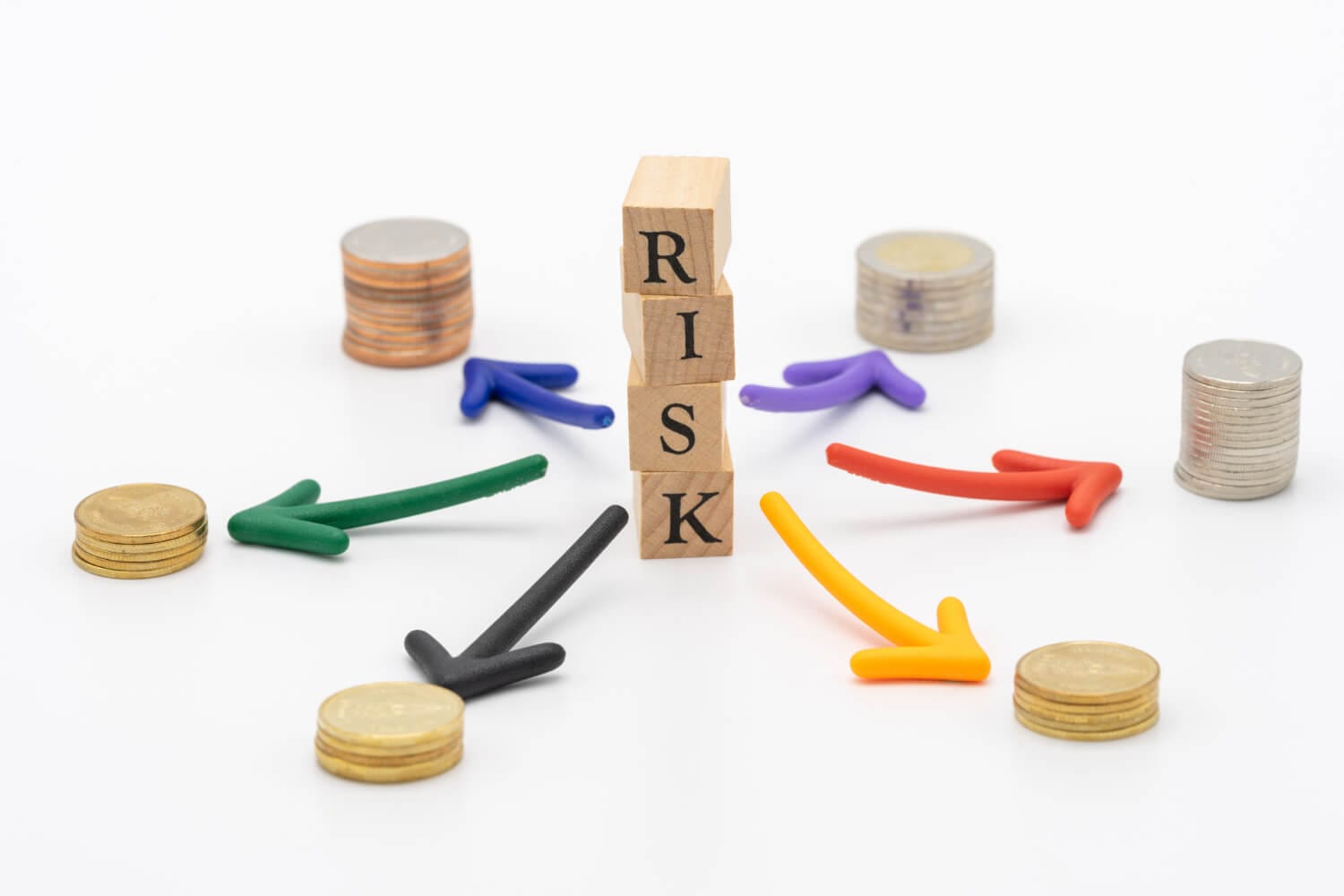
Diversification as Risk Management: Diversification in the forex market goes beyond currency pairs. Traders can diversify by employing various trading strategies, timeframes, and risk levels. Diversification across multiple strategies helps spread risk and can improve the overall stability of an investment portfolio.
Using Multiple Instruments: In addition to trading currency pairs, forex brokers often offer other financial instruments, such as commodities, indices, and cryptocurrencies. Including these instruments in your portfolio diversifies your exposure and provides alternative sources of potential profit.
In summary, diversification opportunities in the forex market stem from its low correlation with traditional markets, the wide range of currency pairs available for trading, and the ability to employ diverse trading strategies and instruments. Incorporating forex into your investment portfolio can enhance risk management, potentially providing stability during market turbulence and offering opportunities for profit in different economic environments. However, it’s essential to carefully plan and manage your diversified portfolio to align with your financial goals and risk tolerance.
III. Leverage and Capital Efficiency
Leverage is a double-edged sword in forex trading. It allows traders to control larger positions than their initial capital, which can amplify both profits and losses. Here’s a detailed breakdown of leverage and its role in capital efficiency:
1. Increased Profit Potential:

Understanding Leverage: Leverage in forex is typically expressed as a ratio, such as 50:1 or 100:1. This ratio represents the amount of borrowed money (leverage) you can use for every unit of your own capital. For example, with 50:1 leverage, you can control a position size 50 times the size of your initial capital. This means that a $1,000 account can control a $50,000 position.
Amplified Gains: Leverage enhances your profit potential by allowing you to trade larger positions. When a trade moves in your favor, the percentage gains on the larger position size can be substantial. This potential for magnified profits is one of the primary attractions of forex trading.
Risk-Reward Balance: However, it’s essential to remember that while leverage can increase profits, it also increases the risk of losses. Traders must use leverage judiciously and apply risk management strategies to protect their capital.
2. Capital Preservation:
Risk Management: Capital preservation is a critical aspect of forex trading. While leverage amplifies gains, it also magnifies losses. Traders must use risk management techniques to control and mitigate potential losses. These techniques may include setting stop-loss orders (predefined exit points to limit losses), proper position sizing (determining the size of your trades based on your risk tolerance), and diversification.
Margin Calls: When trades move against you, the broker may issue a margin call if your account balance falls below a certain threshold. A margin call requires you to deposit additional funds to cover potential losses. Proper capital management can help traders avoid margin calls and maintain control over their trading accounts.
3. Margin Trading:
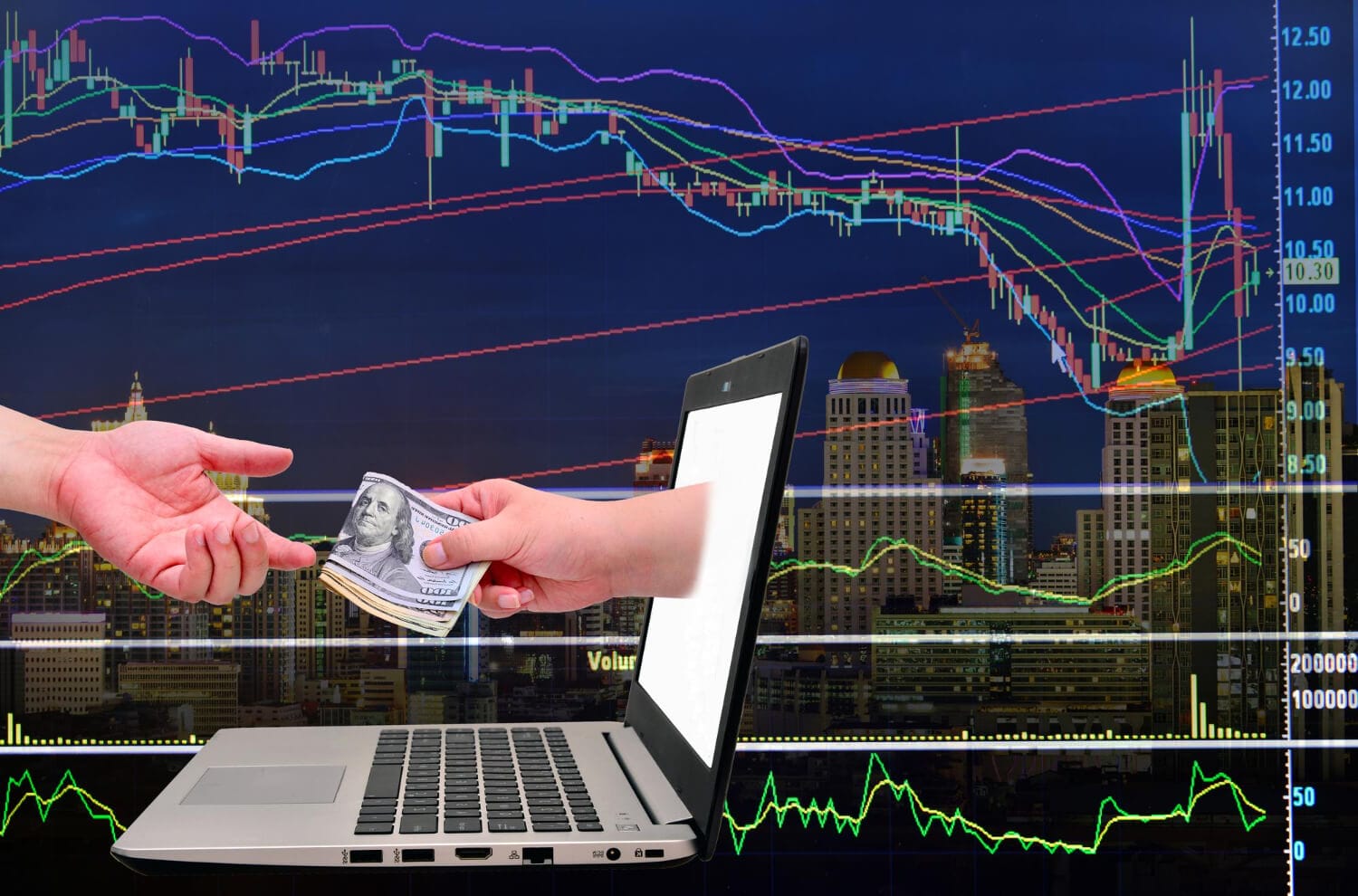
Using Borrowed Funds: Forex brokers offer margin accounts, allowing traders to use borrowed funds for trading. Margin is the collateral you deposit with your broker to cover potential losses. It enables traders to enter larger positions than they could with their own capital alone.
Leverage and Margin Ratio: Leverage and margin are closely related. As mentioned earlier, leverage is expressed as a ratio (e.g., 50:1), and margin is the amount of capital required to maintain open positions. For example, with 50:1 leverage, you may need to deposit 2% of the position size as margin.
Margin Levels: Brokers typically set minimum margin levels, which represent the minimum amount of capital you must have in your account relative to the size of your open positions. Falling below these levels can trigger margin calls.
In summary, leverage and capital efficiency are integral to forex trading. Leverage amplifies both gains and losses, making it essential for traders to use it wisely and employ effective risk management strategies to protect their capital. Capital preservation is a priority, and traders should be cautious not to overleverage, which can lead to substantial losses and margin calls. When used responsibly, leverage can enhance capital efficiency, allowing traders to access larger positions and potentially increase their overall returns. However, it should be approached with a clear understanding of the risks involved and a disciplined approach to risk management.
IV. Diverse Trading Strategies
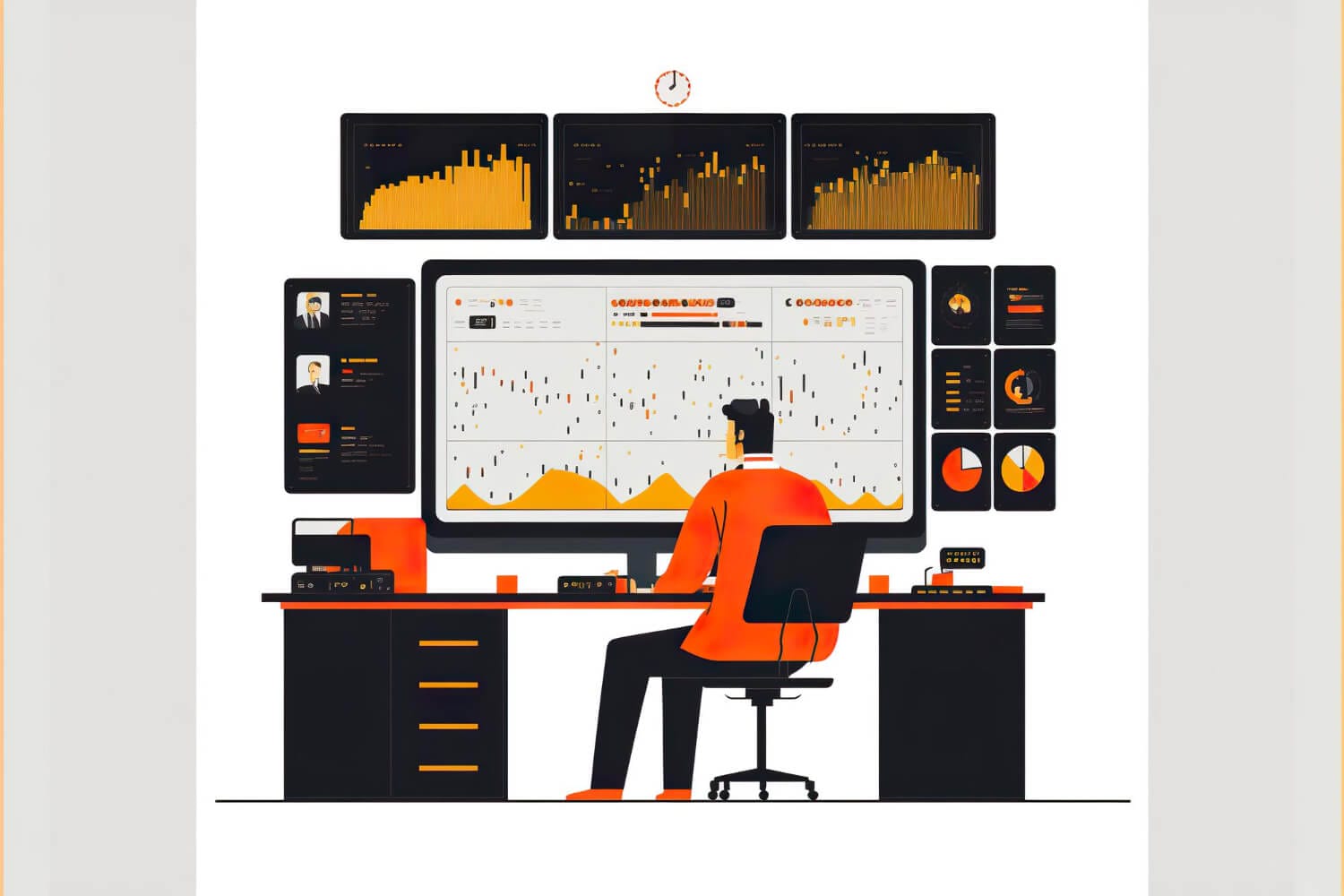
The forex market offers a broad spectrum of trading strategies and styles to accommodate different trading preferences and objectives. Here’s an in-depth look at some of the diverse trading strategies:
1. Scalping:
Definition: Scalping is a high-frequency trading strategy where traders aim to profit from small price movements over very short timeframes, often seconds to minutes.
Execution: Scalpers make numerous trades in a single day, each targeting a minimal profit per trade. They rely heavily on technical analysis, real-time data, and rapid execution to identify and capitalize on fleeting market opportunities.
Characteristics: Scalping requires quick decision-making, precision, and discipline. Scalpers must be prepared to monitor the markets closely and act swiftly.
2. Day Trading:
Definition: Day trading involves opening and closing positions within the same trading day, aiming to profit from intraday price movements.
Execution: Day traders use technical analysis, chart patterns, and technical indicators to identify short-term trends and trading opportunities. They typically avoid holding positions overnight to avoid overnight risk.
Characteristics: Day trading requires a focused and disciplined approach, as traders must make rapid decisions and closely monitor their trades throughout the trading day.
3. Swing Trading:

Definition: Swing trading is a strategy where traders hold positions for several days to weeks, aiming to capture medium-term price swings.
Execution: Swing traders analyze both technical and fundamental factors to identify potential trends and reversals. They aim to enter positions at favorable entry points and hold them until they believe the trend has exhausted or a reversal is imminent.
Characteristics: Swing trading offers a more relaxed trading schedule compared to scalping and day trading. It allows traders to take advantage of broader price movements without the need for constant monitoring.
4. Position Trading:
Definition: Position trading is a long-term trading strategy where traders hold positions for months or even years, based on fundamental analysis and macroeconomic factors.
Execution: Position traders focus on economic data, interest rates, geopolitical events, and other macroeconomic factors to make trading decisions. They may hold positions through significant market fluctuations with the expectation that the market will move in their favor over the long term.
Characteristics: Position trading requires a patient and less active approach compared to shorter-term strategies. It’s suitable for traders with a long-term outlook who can withstand price volatility.
5. Automated Trading:
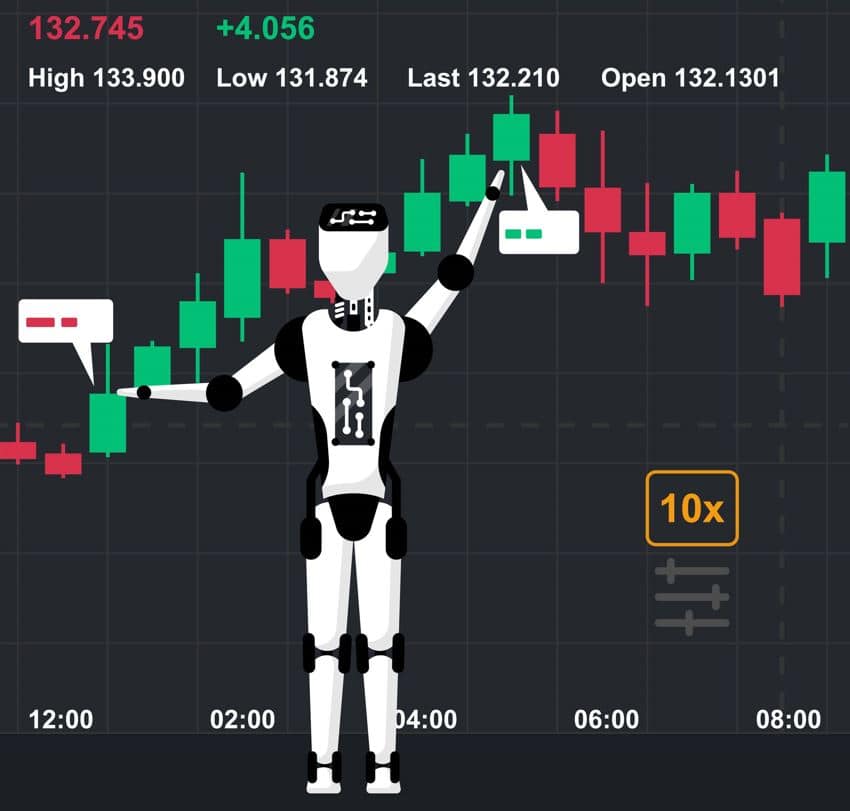
Definition: Automated trading, also known as algorithmic trading, involves using pre-programmed algorithms to execute trades based on specific criteria and parameters.
Execution: Traders design algorithms that can analyze market data, identify trading signals, and execute orders automatically. Automated trading can be based on technical indicators, statistical models, or other quantitative methods.
Characteristics: Automated trading removes emotions from the trading process and allows for systematic and disciplined execution. Traders may use backtesting to evaluate the performance of their algorithms before deploying them in live markets.
Each of these trading strategies has its advantages and drawbacks, and traders choose the one that aligns with their risk tolerance, time commitment, and market outlook. Some traders may also combine elements of different strategies to create a personalized approach to trading. Successful forex trading requires not only selecting the right strategy but also mastering the associated skills and practicing effective risk management.
V. Volatility and Profit Potential

Volatility refers to the degree of variation in the price of an asset over time. In the context of forex trading, volatility plays a significant role in determining profit potential. Here’s a comprehensive explanation of how volatility affects forex trading and its profit potential:
1. Volatility Benefits:
Market Movement: Volatility represents the magnitude and frequency of price fluctuations in the forex market. Higher volatility means that currency pairs are experiencing more significant price swings, offering traders greater opportunities for profit.
Impact of News and Events: Major economic news releases, geopolitical events, and central bank policy decisions often lead to increased market volatility. Traders who can anticipate and react to these events effectively may profit from substantial price movements.
Intraday Trading: Volatility can be especially beneficial for intraday traders (such as scalpers and day traders) who aim to profit from short-term price fluctuations. These traders thrive in environments where prices are constantly changing.
2. Speculative Opportunities:

Going Long and Going Short: In forex trading, traders have the flexibility to speculate on both rising (going long) and falling (going short) markets. This means that traders can potentially profit regardless of whether a currency pair is appreciating or depreciating.
Adapting to Market Conditions: Forex traders can adjust their strategies based on market volatility. In highly volatile markets, traders may focus on short-term trading to capitalize on price swings. In calmer markets, they might adopt a more patient approach, looking for longer-term trends.
3. Diverse Market Influences:
Multiple Factors at Play: Forex prices are influenced by a wide range of factors, including interest rates, economic indicators, political events, and market sentiment. These factors create a complex web of influences on currency values.
Fundamental Analysis: Traders who specialize in fundamental analysis closely monitor economic data releases, central bank policies, and global events to gauge how these factors might affect currency values. By making informed predictions about future economic conditions, they aim to profit from resulting currency movements.
Technical Analysis: Technical analysis involves studying historical price charts, patterns, and technical indicators to make trading decisions. Technical analysts believe that past price movements can help predict future price movements. In volatile markets, technical analysis tools can be particularly valuable for identifying trends and potential reversal points.
It’s important to note that while volatility presents profit opportunities, it also carries increased risk. Higher volatility can lead to rapid and unpredictable price movements, which can result in significant losses if traders do not manage their risk effectively. Therefore, traders must use proper risk management techniques, including setting stop-loss orders and managing position sizes, to mitigate the potential downsides of volatile markets.
In conclusion, volatility in the forex market is a double-edged sword. While it can lead to enhanced profit potential and opportunities for traders, it also brings increased risk and uncertainty. Successful forex traders embrace volatility by adopting strategies that align with market conditions, whether they are short-term traders taking advantage of intraday price swings or long-term traders navigating fundamental shifts. Effective risk management remains a crucial component of capitalizing on volatility while protecting against potential losses.
VI. Risk Management and Education
![]()
Effective risk management and continuous education are essential components of successful forex trading. Let’s explore why these aspects are vital:
1. Education Resources:
Understanding the Market: Before diving into forex trading, individuals should educate themselves about the market’s mechanics, structure, and key concepts. This includes learning about currency pairs, how exchange rates work, and the factors that influence currency movements.
Technical and Fundamental Analysis: Traders should become proficient in technical analysis, which involves studying price charts, patterns, and indicators. Additionally, understanding fundamental analysis is crucial to evaluate economic data, central bank policies, and geopolitical events that affect currency values.
Trading Strategies: Learning different trading strategies, such as scalping, day trading, swing trading, and position trading, helps traders choose an approach that aligns with their goals and risk tolerance.
Risk Management: Education should also cover risk management principles, including setting stop-loss and take-profit orders, calculating position sizes, and managing leverage.
2. Risk Mitigation Tools:
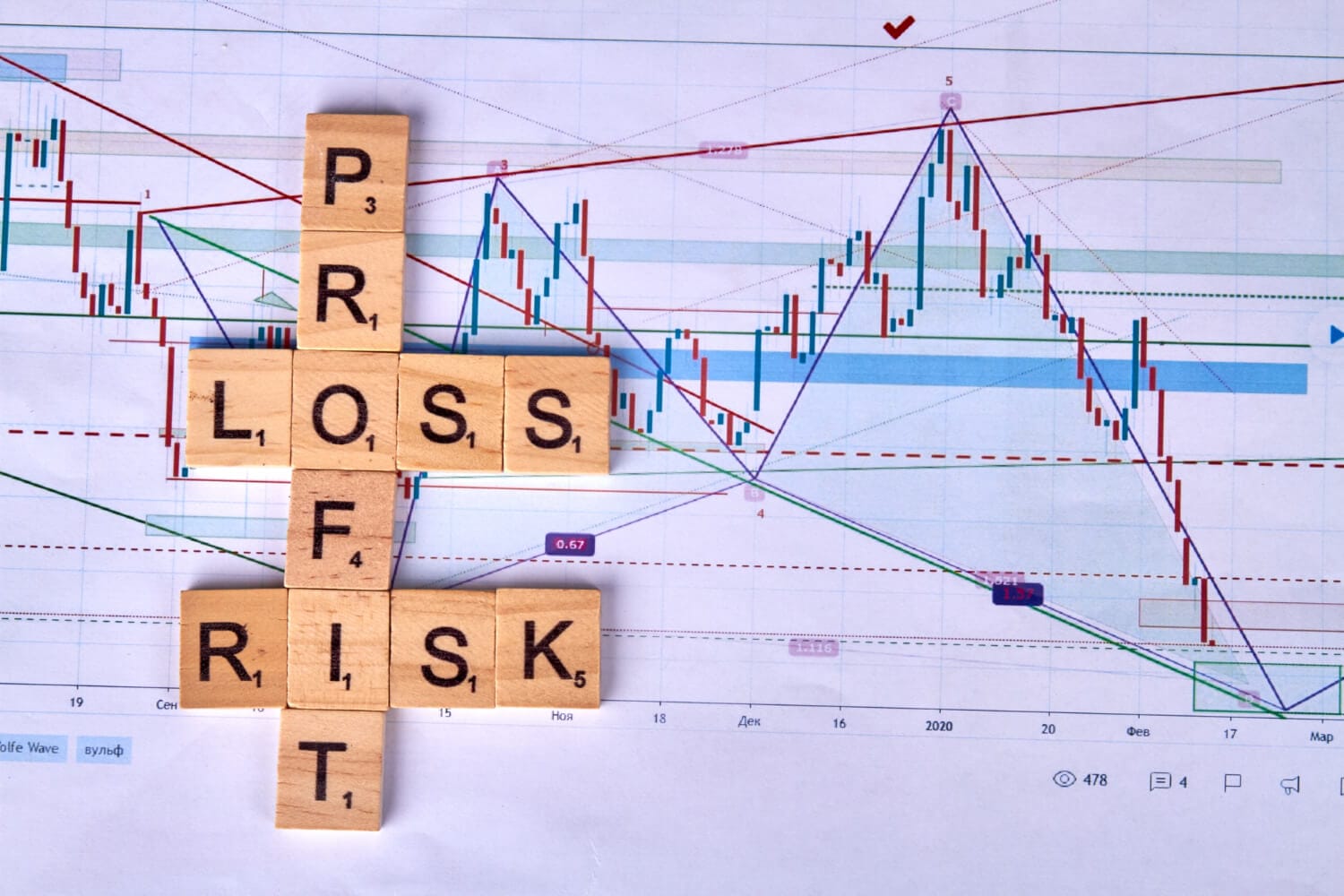
Stop-Loss Orders: These are orders placed with a broker to automatically close a trade at a specific price level to limit potential losses. Traders should understand how to use stop-loss orders effectively to protect their capital.
Take-Profit Orders: Take-profit orders allow traders to specify a price at which a trade should be closed to secure profits. Knowing when and how to use take-profit orders is crucial for capitalizing on winning trades.
Position Sizing: Calculating the appropriate position size is essential to manage risk. Traders should understand how to determine position sizes based on their account size and risk tolerance to avoid overexposure.
3. Demo Trading:
Practice Without Risk: Many brokers offer demo accounts, allowing traders to practice trading with virtual money in a simulated environment. This hands-on experience is invaluable for beginners to gain confidence and competence without risking real capital.
Testing Strategies: Demo accounts also enable traders to test different trading strategies and techniques in a risk-free environment. It’s an opportunity to refine strategies and adapt them to different market conditions.
4. Continuous Learning:

Adapting to Market Changes: The forex market is dynamic, and market conditions can change rapidly. Traders must stay informed about economic developments, central bank decisions, geopolitical events, and market sentiment that can influence currency movements.
Technical Analysis Updates: As new technical indicators and chart patterns emerge, traders should stay updated on the latest tools and techniques for technical analysis.
Evolving Strategies: Successful traders adapt their strategies over time based on their experiences and market feedback. Continuous learning allows traders to refine their approaches and improve their decision-making.
5. Risk Assessment:

Understanding Risk Tolerance: Each trader has a unique risk tolerance, which is the level of risk they are comfortable taking. Knowing your risk tolerance helps you set appropriate stop-loss levels, position sizes, and overall trading goals.
Assessing Market Conditions: Traders should assess market conditions and adjust their trading approach accordingly. For example, during periods of high volatility, they may choose to reduce position sizes or widen stop-loss levels to accommodate market fluctuations.
In summary, risk management and education are fundamental pillars of forex trading. A well-educated trader is better equipped to make informed decisions, analyze market data effectively, and employ risk management strategies to protect their capital. Continuous learning ensures that traders stay updated on market developments and refine their strategies over time. By combining knowledge with effective risk management, traders can navigate the challenges of the forex market and work toward achieving their financial goals while minimizing potential losses.
VII. Conclusion
In conclusion, forex investment can indeed be a smart financial move, provided it is approached with the right knowledge, strategy, and risk management. The liquidity, accessibility, diversification opportunities, leverage, diverse trading strategies, profit potential, and risk management tools make forex an attractive choice for investors seeking to expand their financial horizons. However, it’s crucial to remember that forex trading carries risks, and success requires dedication, continuous learning, and disciplined decision-making. By understanding these key benefits and being mindful of the risks, individuals can explore the world of forex trading as a potential avenue for wealth creation and portfolio diversification.
Don’t trade all the time, trade forex only at the confirmed trade setups.
Get more confirmed trade setups here: forexgdp.com/buy/
